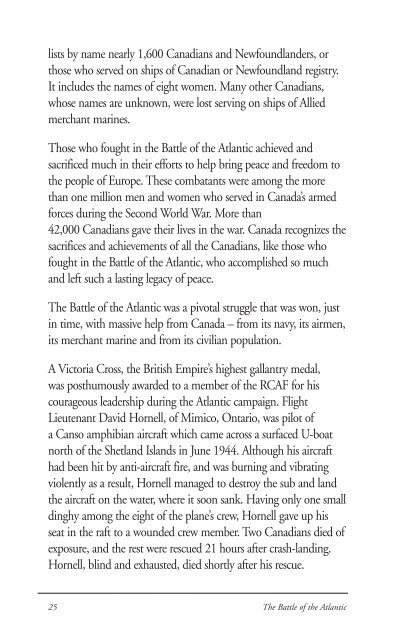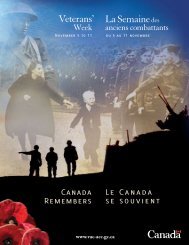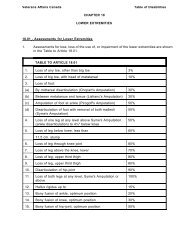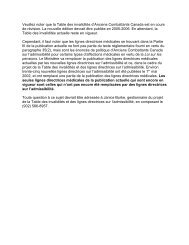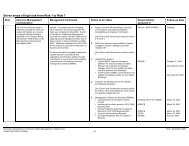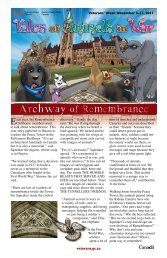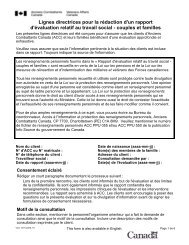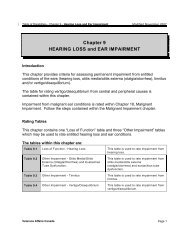You also want an ePaper? Increase the reach of your titles
YUMPU automatically turns print PDFs into web optimized ePapers that Google loves.
lists by name nearly 1,600 Canadians and Newfoundlanders, orthose who served on ships <strong>of</strong> Canadian or Newfoundland registry.It includes <strong>the</strong> names <strong>of</strong> eight women. Many o<strong>the</strong>r Canadians,whose names are unknown, were lost serving on ships <strong>of</strong> Alliedmerchant marines.Those who fought in <strong>the</strong> <strong>Battle</strong> <strong>of</strong> <strong>the</strong> <strong>Atlantic</strong> achieved andsacrificed much in <strong>the</strong>ir efforts to help bring peace and freedom to<strong>the</strong> people <strong>of</strong> Europe. <strong>The</strong>se combatants were among <strong>the</strong> morethan one million men and women who served in Canada’s armedforces during <strong>the</strong> Second World War. More than42,000 Canadians gave <strong>the</strong>ir lives in <strong>the</strong> war. Canada recognizes <strong>the</strong>sacrifices and achievements <strong>of</strong> all <strong>the</strong> Canadians, like those wh<strong>of</strong>ought in <strong>the</strong> <strong>Battle</strong> <strong>of</strong> <strong>the</strong> <strong>Atlantic</strong>, who accomplished so muchand left such a lasting legacy <strong>of</strong> peace.<strong>The</strong> <strong>Battle</strong> <strong>of</strong> <strong>the</strong> <strong>Atlantic</strong> was a pivotal struggle that was won, justin time, with massive help from Canada – from its navy, its airmen,its merchant marine and from its civilian population.A Victoria Cross, <strong>the</strong> British Empire’s highest gallantry medal,was posthumously awarded to a member <strong>of</strong> <strong>the</strong> RCAF for hiscourageous leadership during <strong>the</strong> <strong>Atlantic</strong> campaign. FlightLieutenant David Hornell, <strong>of</strong> Mimico, Ontario, was pilot <strong>of</strong>a Canso amphibian aircraft which came across a surfaced U-boatnorth <strong>of</strong> <strong>the</strong> Shetland Islands in June 1944. Although his aircrafthad been hit by anti-aircraft fire, and was burning and vibratingviolently as a result, Hornell managed to destroy <strong>the</strong> sub and land<strong>the</strong> aircraft on <strong>the</strong> water, where it soon sank. Having only one smalldinghy among <strong>the</strong> eight <strong>of</strong> <strong>the</strong> plane’s crew, Hornell gave up hisseat in <strong>the</strong> raft to a wounded crew member. Two Canadians died <strong>of</strong>exposure, and <strong>the</strong> rest were rescued 21 hours after crash-landing.Hornell, blind and exhausted, died shortly after his rescue.25 <strong>The</strong> <strong>Battle</strong> <strong>of</strong> <strong>the</strong> <strong>Atlantic</strong>


